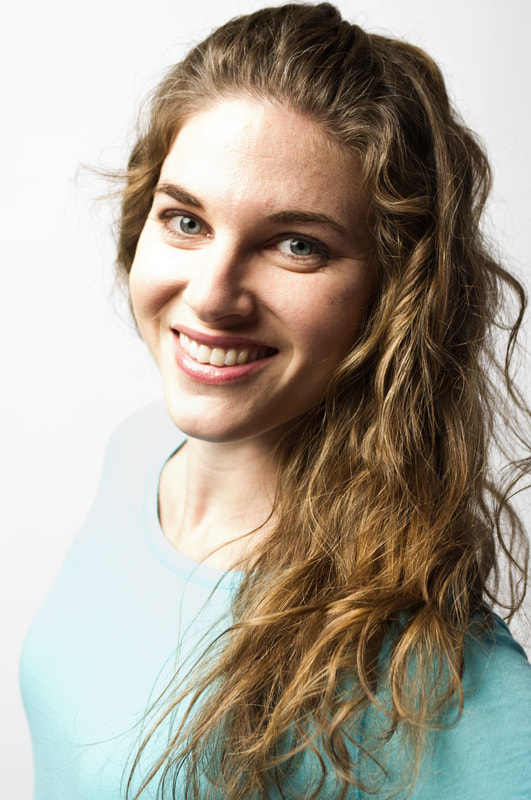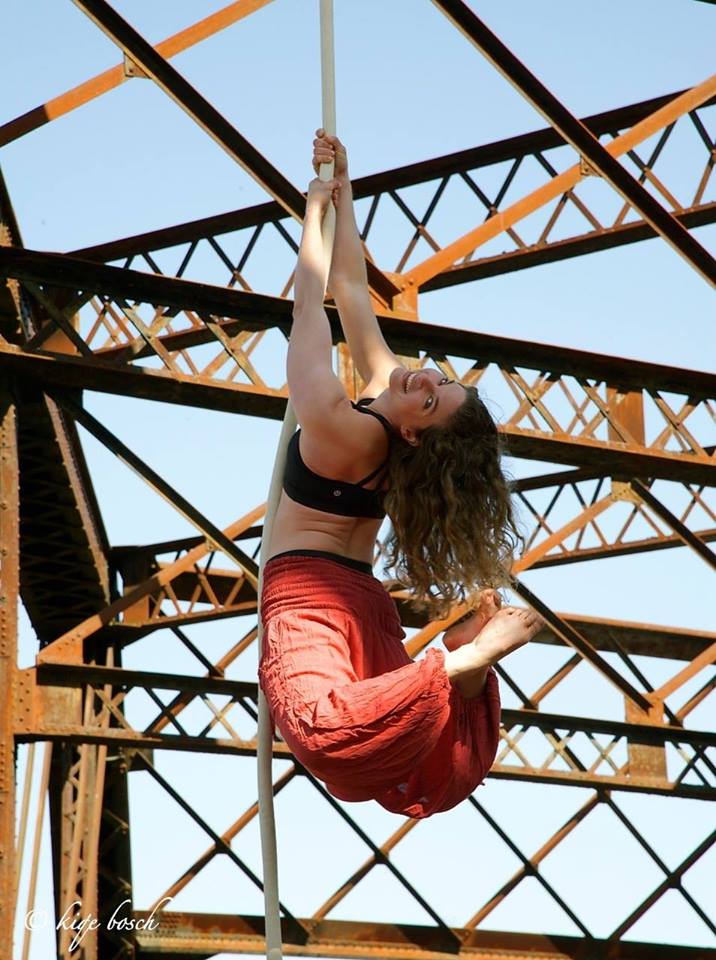|
An instructor’s ability to adapt skills for different needs is at the heart of teaching. This is particularly important in strength training and conditioning. Through my own teaching experience, I have outlined several ways to modify or intensify a movement. Since some instructors use different terminology, I'll first define some terms. Modify: To modify a movement is to make it more accessible. This is important for helping students find success with new skills and exercises. The concept of scaffolding fits in this category. Intensify: To intensify a movement is to make it more challenging. This is key to overcoming plateaus in training and hitting new strength goals. Each item in this list can used to either modify (make easier) or intensify (make harder) a movement.
I'm sure there are other ways to modify movement, so I'd love to hear from you. What ways have you tried to modify or challenge movements for yourself or your students? Leave a comment below and let us know! AuthorJulianna Hane traded life on a cotton farm to become a dancer and aerialist. She holds an MFA in Modern Dance, and is a Certified Laban Movement Analyst and Pilates Instructor. Julianna is also the Director of Training at Born to Fly Teacher Programs and Support, and wrote the Aerial Teacher's Handbook. You may have virtually met Elizabeth Stich via the Remote Teacher Assessment Program (RTAP). She is on of our video feedback reviewers for the certificate program. We are excited to announce that Elizabeth will be assisting Julianna Hane with Aerial Silks 1 and Rope 1 Teacher Trainings this summer in Castle Rock, CO!
Q: What is your current role in the field (i.e. teacher, studio owner, etc.), and in what city are you based? I am currently an Assistant Professor of Dance at Dixie State University in southern Utah, but my aerial home for many years has been as an instructor at Aerial Arts of Utah in Salt Lake City. I am also a mentor with Born to Fly Teacher Programs and Support, primarily reviewing video submissions from teacher trainees completing the Remote Teacher Assessment Program (RTAP) requirement for certification. Q: When did you start training in the aerial arts? My first experience with aerial arts was as a dancer in college at the University of Georgia. I had the opportunity to work with Elsie Smith (before there was NECCA) on aerial fabrics, but I was by no means a natural! It wasn’t until I relocated to the arid climate of Utah for graduate school and began collaborating with Julianna Hane that my aerial training took off. Q: What motivated you to start aerial training? I was cast in a dance that used aerial fabrics in the choreography. I was grateful for the opportunity, but I had no choice in the matter. It was sink or swim! Q: What keeps you going today? These days I love exploring the relationship between aerial arts and dance. As a teacher, choreographer, and performer, each of these roles feeds the other and I try to follow my curiosity to make connections between disciplines. Q: How has your teaching evolved from when you first began? In the beginning, I knew how to keep my students safe, but I was limited in the material I had to offer and in the tools I knew to promote greater student success. My teaching has evolved to include more lateral skill development, progressions, and creative exercises to keep recreational students engaged in the aerial arts as a lifetime practice. Q: What are your primary interests as an instructor/teacher trainer? My main aerial skill areas are fabric, rope, and static trapeze. I am definitely a technician and love to analyze movement through an anatomical lens, but I also try to honor my dance roots with lots of creative play. Q: If you could choose just one thing, what would you like for people to know about teaching in the aerial arts? Being an aerial teacher can be a fulfilling lifelong career, but it helps to approach it like a marathon, not a sprint. Whenever I get the feeling that I am falling behind because I’m not doing “the latest cool trick” that you see online, I remind myself that I have something unique to offer my students and I spend my time investigating that. |
AuthorsOur authors include our Master Teacher Trainers as well as Born to Fly™ Certified Teachers. Archives
February 2019
Categories
All
|
|



 RSS Feed
RSS Feed